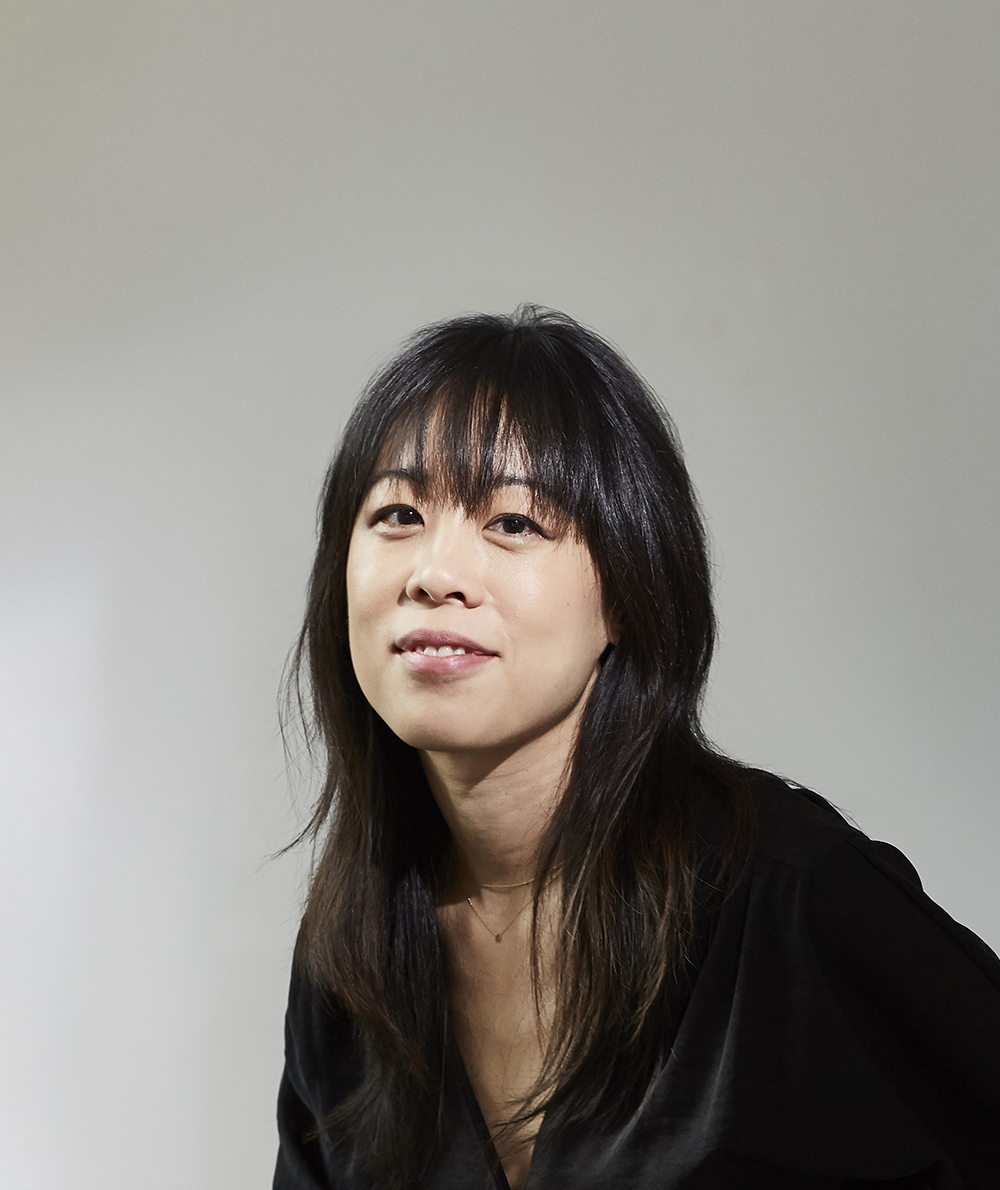
Michelle JaJa Chang
In the seventeenth century, Jesuit missionaries evangelized at home and abroad using perspectival treatises. Unlike prevailing Renaissance techniques drawn with abstract points, the Jesuit method relied on physical references. Integrating architecture and urban scenography into a drawing system helped the Jesuits build an illusion of distorted space, creating a sense of displacement between people and their surroundings.
My project positions the Jesuit perspective as an architectural device that established a unique identity and sense of place. It looks for ways that material and labor traditions in foreign missionary sites challenged the Jesuit message, creating opportunities for other identities to flourish. I plan to test how construction has received and resisted perspective’s embedded ideals by modeling Jesuit buildings under multiple assembly types. The models will be in miniature (1:500) and real-world (1:1) scales to communicate the consequences of building on ideal forms.
The photograph of Michelle JaJa Chang was taken by Steph Larsen.